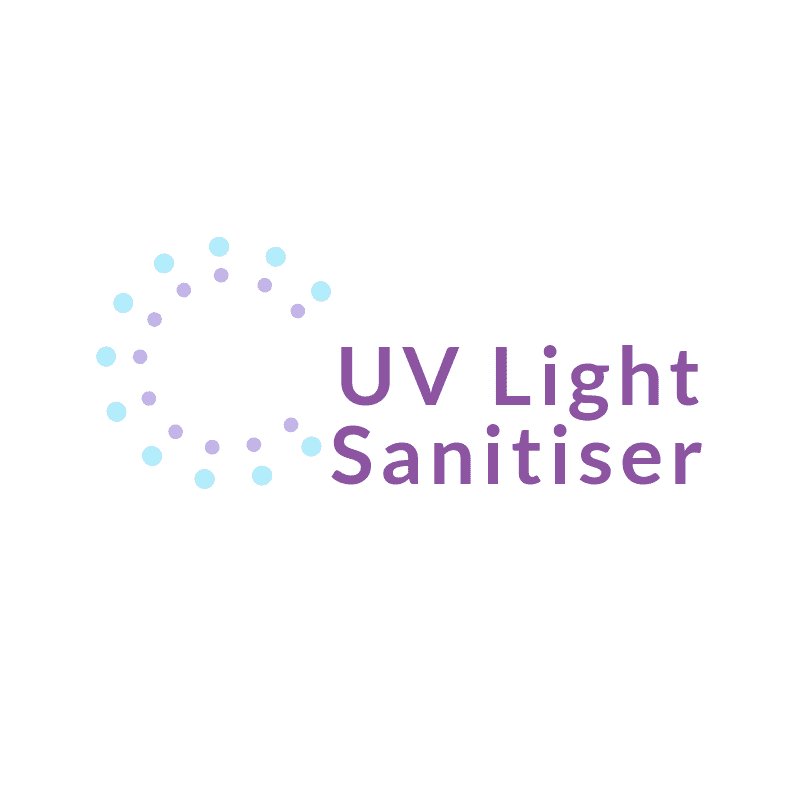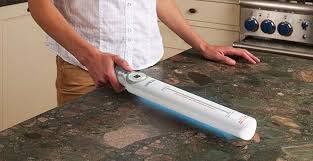Sterilization lamps or lamps are designed to use a special housing made of phosphor and quartz glass to eliminate the formation of bacteria and / or ozone. They have different capacities, voltages, sizes and basic types. They barely produce visible light and are primarily designed to disinfect using UV Light Without Chemicals.
What is the difference between UV sterilization from the sun’s UV rays?
UV sterilization (UV-C) is a specific spectrum of ultraviolet (UV). Ultraviolet energy comes naturally from sunlight, and can also be produced artificially in lamps and lamps.
Although often referred to as “ultraviolet,” the wavelength of ultraviolet radiation is outside the visible spectrum. Ultraviolet instead of light is scientifically called radiant energy.Therefore, you will not see the light emitted by ultraviolet rays.
Ultraviolet wavelengths vary from 10 nanometers (nm) to 400 nanometers (nm). UV sterilization uses wavelengts from 200 to 280 nm. The far ultraviolet also belongs to the bactericidal ultraviolet range, but uses a shorter wavelength band.
How do they work?
There are two main types of low pressure germicidal lamps: low and medium pressure. Low voltage is the most common of these two types; they are almost always fluorescent lamps. The main difference between them and conventional fluorescent lamps lies in two aspects: the glass housing or the tube of the tube is made of fused silica, and there is no phosphor in the tube lamp. The absence of phosphorus keeps ultraviolet light in the UV-C shortwave range unchanged. In sterilization systems, they act as a mutagen, generating ultraviolet light in a certain range. This can effectively kill bacteria by destroying the structure of DNA.
High-pressure sterilization lamps operate on the same principle as high-pressure lamps, but generally give a higher intensity of radiation over a wider ultraviolet range. They are commonly used in areas such as water treatment, where each lamp requires disinfection of large areas.
A UV germicidal bulb is a device that converts electricity into ultraviolet radiation and generates energy in the UV spectrum to destroy bacteria, fungi and viruses (microorganisms). Nucleic acids are the genetic material targeted by the UV disinfection energy. When the UV penetrates the cell and is absorbed by the nucleic acids, a rearrangement of the genetic information occurs and interferes with the cells’ ability to reproduce. Any cell that cannot reproduce is considered dead and is unable to multiply to infectious numbers within a host.
Common Types
The most common type of UV germicidal bulb is a low-pressure; mercury/rare-gas discharge device. It is similar to fluorescent lamps both in operation and construction except for the fact that the tube does not contain a phosphor coating on the lamp wall.
The body of a UV germicidal lamp may be filled with pure Argon or with a mix of rare gasses that includes Argon, Neon, Krypton, Xenon, and/or others depending on the application the UV germicidal bulb is intended for. In addition, there is also a small amount of mercury in the lamp that is used to provide the ultraviolet radiation. It can be made of pure fused-quartz, quartz with Titanium doping or a “soft” glass.
Can UV sterilization kill viruses?
Sterilizing ultraviolet light can change the DNA and RNA of bacteria and viruses, destroying their ability to reproduce. IES indicated that viruses are not living organisms, so sterilization of ultraviolet rays cannot technically “kill” them. On the contrary, we can say that sterilizing ultraviolet light “kills” the virus, but kills bacteria.
Bacteria can be resistant to other substances, such as antibiotics, but they cannot create resistance to ultraviolet radiation.
Can sterilizing ultraviolet rays inactivate COVID-19?
A Columbia University scientist said preliminary tests showed that UV-C can inactivate COVID-19.Dr. David Brenner tested a safe sample of SARS-CoV-2 (the virus responsible for COVID-19). He exposed the sample to UV-C and measured the reaction after exposure.
Dr. Brunner announced the results of his research at a press conference at the New York Metropolitan Transportation Authority (MTA). MTA uses PURO ™ lighting technology based on Violet Defense ™ technology to launch a pilot program to disinfect its buses, trains and offices. Dr. Brenner said he used the same ultraviolet light in the studio as he did on the subway.
Dr. Brunner said he will continue to do more tests and study his peers. Since the structure of COVID-19 is different from previous viruses, this test is very important. It is also important to note that UV sterilization cannot replace other cleaning measures, such as removing dust from surfaces. In fact, sterilized UV products cannot penetrate particles like dust, so dirty surfaces reduce efficiency.
Where are they used?
No chemical disinfectants are used in a wide variety of applications, such as water and air purification, food and beverage protection, and disinfection of sensitive instruments (eg, medical devices). It is important to note that the ultraviolet range used in most bactericidal bulbs is harmful to the skin and eyes, so it should not be used in any device or application that is not specifically designed to avoid contact with humans or animals
The use of ultraviolet light includes a wide range of applications in commercial, industrial and medical institutions. The types of applications that use UV lamps include curing or drying materials, such as ink or paint. Virus and bacteria disinfection, hygiene and infection control, fluorescence tests and tanning.
Bactericidal Lamp
Today, the use of chemical free disinfectant has become the first choice for many industries around the world that require disinfection of water, air, or surfaces. An example is the use of ultraviolet lamps in a process called irradiation in the food industry to ensure safe and effective disinfection of the surface. Effective processes can be used, for example, sterilizing pathogens to extend shelf life, maintain nutritional value, and reduce health risks. Additionally, UVC technology generally complies with strict local FDA safety regulations.
Water application
UV lamps also provide a safe and effective method of purifying water without the use of harmful chemicals that pollute rivers, oceans, and other waters. Ultraviolet lamps can be used effectively for the regeneration of water, wastewater, drinking water, industrial and commercial water, swimming pools and spas, aquaculture, and life science.
UV disinfection of surfaces and air
Many hospitals use environment safe disinfectant to easily to disinfect surgical equipment and air in the operating room. Sterilization lamps have also been used successfully in air conditioning systems in medical and other facilities as a method of sterilizing pathogens that cause diseases and contaminants that can aggravate asthma or other respiratory illnesses.
UV Cured
Another common application of UVC technology is UV curing lamps, which create a photochemical reaction for the immediate cure of adhesives, paints, inks, varnishes, decorative enamels, and varnishes. UV lamps are also used for tanning and lighting.

